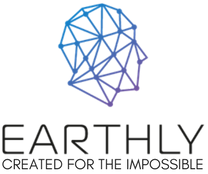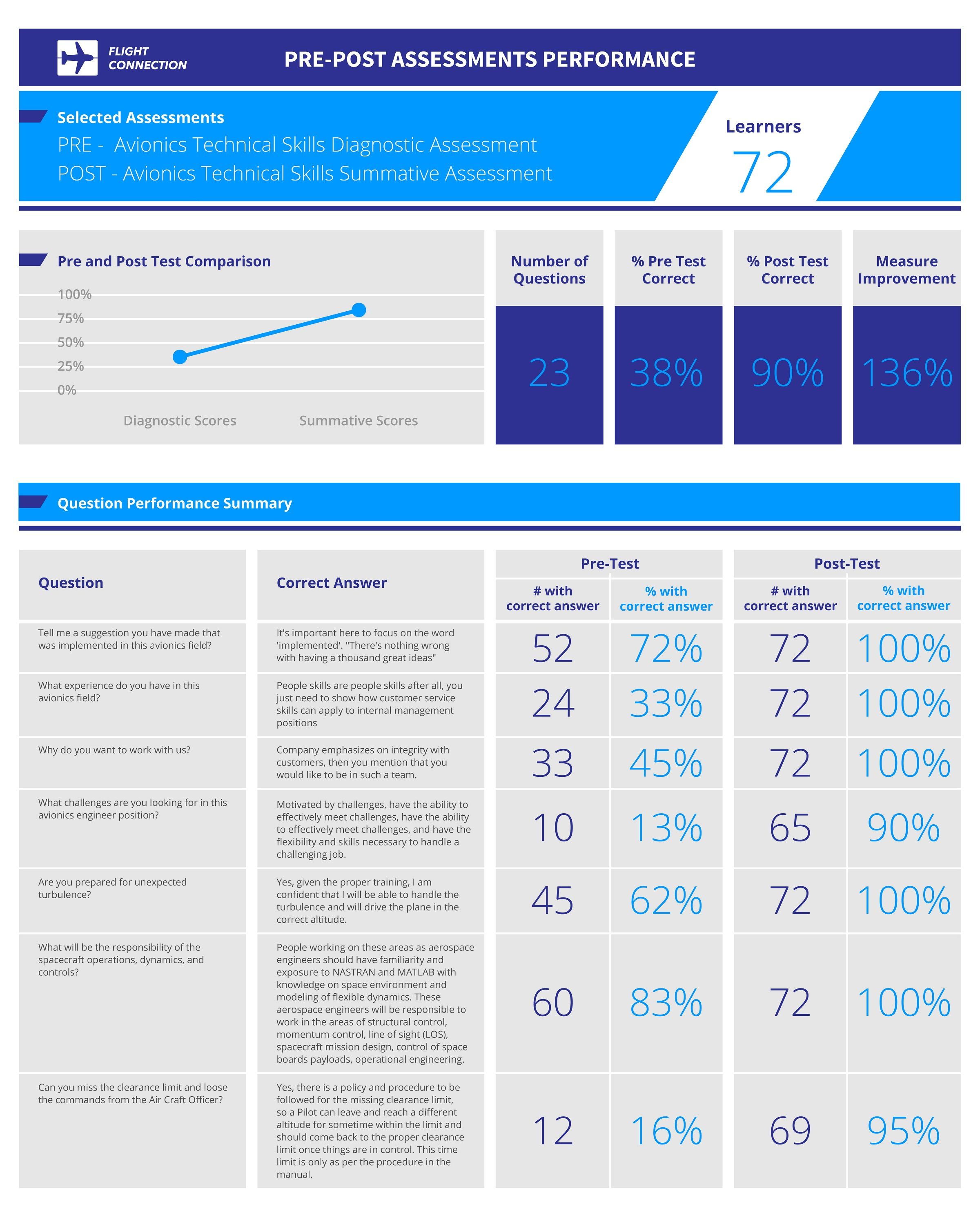The Evolution of Pre-Post Assessment Reporting
Jul 18, 2017
Know where you’re going
If you’re not sure where you’re going, how will you recognise when you’ve reached your destination?
Whether you’re driving a car or designing a learning programme, the above statement always rings true. In order to truly measure your learners’ success, you must first figure out what you expect them to learn.
Before you start to assess your learners’ progress, ask yourself these questions:
- What should a learner be able to do or understand at the end of their learning?
- How will the learner illustrate his/her knowledge?
- How can you create a learning programme to help your learners know and understand what they need to succeed?
Not taking the time to think about these questions can lead to simplistic, irrelevant courses and learning tools. By answering them before designing your learning programme, you are ensuring that the lessons and tools you develop meet the needs of your organisation and learners.
Understand your learners’ knowledge: Pre and post assessment
The same idea applies to understanding your learners and their needs. Once you fully understand what you expect a learner to know, you can determine what they will do to meet those expectations (and prove they’ve been met).
Consistent assessment is key for gauging learner progress. To make decisions about future learning initiatives, you first need to understand what your learners have achieved and where they need more support.
It’s important not to measure what you’ve made available, but what your learners have actually learned.
You will never truly know the success of your organisation’s learning initiatives if you do not first measure where each learner started (i.e. their baseline understanding) and compare it against their post-learning knowledge.
We call this pre and post assessment.
Earthly has created this sample to show you how you can easily use your SumTotal LMS to conduct pre and post assessment. While this article uses the airline industry as an example, the same methods can be applied to any industry or organisation.
In the attached image, you will see we have created a pre- and post-assessment performance report for ‘Flight Connection’, a fictional airline company. We refer to the ‘pre-’ assessment as the diagnostics assessment.
In the simplest of terms, a diagnostic assessment is used to measure each learner’s knowledge and skills before being introduced to new content. In this case, we’re measuring each learner’s avionics technical skills.
Diagnostic assessments are ideal for figuring out how much work needs to be done in order for learners to meet your organisation’s expectations. A diagnostic assessment should be able to give you two key pieces of information to help guide your learning programme’s development:
- A baseline against which you can compare future learning assessments
- Your learners’ strengths and weaknesses in each area
In any diagnostics assessment, there are two types of questions one might ask: readiness questions and pre-test questions. ‘Readiness’ questions can be used to ensure the learner has the prerequisite knowledge for undertaking new learning. ‘Pre-test’ questions, on the other hand, can be used to gauge their previous exposure to your programme’s content, along with their interests and motivations.
In this example, only 38% of the 72 learners assessed were found to have correct answers in the pre-test. Most of the learners (83%) had good pre-existing knowledge of the responsibility of the spacecraft operations, dynamics, and controls (Q). However, only 16% knew whether they could miss the clearance limit and loose the commands from the Aircraft Officer (Q). This insight can help Flight Connection understand where their learners need the most help.
POST : Summative Assessment
The post-assessment is here referred to as the summative assessment. Put simply, the summative assessment is used to formally measure learner growth and achievement.
Chances are you are already familiar with summative assessment. Most organisations carry out summative assessments to measure learner progress following individual courses or entire learning initiatives. They provide organisations with data on the sum of learner knowledge and help in the development of official progress reports.
In this instance, the summative assessment involved asking learners the same questions asked in their diagnostics assessment. This allows Flight Connection to compare benchmark data to resulting knowledge.
In the report, we can see that Flight Connection’s programme was successful overall: improvement between tests was measured at 136% (Growth Rate). Using this report, Flight Connection will be able to identify what areas saw the most improvement over the course of learning, and which require additional training.
This is just one form of summative assessment, however. You might decide to evaluate learner’s post- knowledge using tests and quizzes, performance assessments that involve demonstrating a task or skill, portfolios, or even journals.
Whatever method you choose, your summative assessments must be valid, reliable and efficient. Only then will you be able to determine whether you’ve met your goals.
Measurement, measurement, measurement
Conducting pre- and post-assessment measurements leads to better, more efficient learning initiatives. Adopting these methods helps you set specific expectations and identify where they are (and aren’t) being met. It allows you to easily recognise areas that need extra reinforcement, meaning smarter and faster decision making.
It also makes sure you’re putting the needs of your learners first, motivating them by providing the information they really need.
To find out more on how Earthly can help you create meaningful reports to your needs, contact us at info@earthlysystems.com



